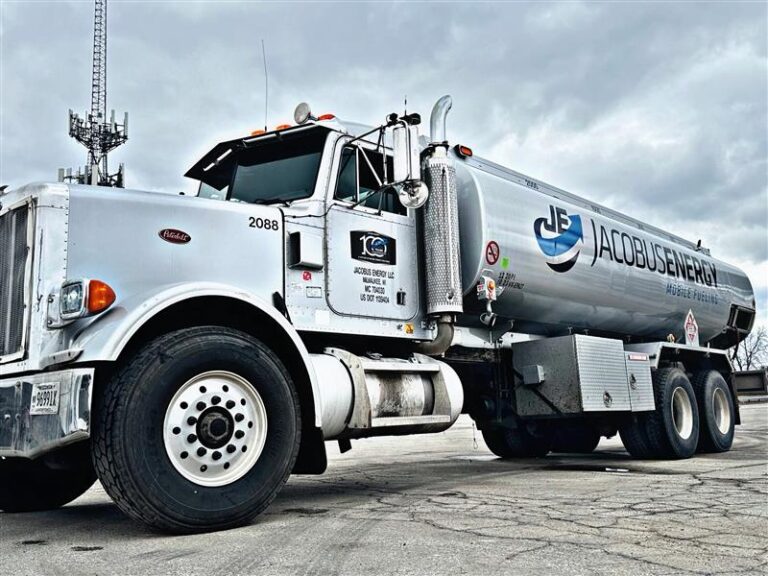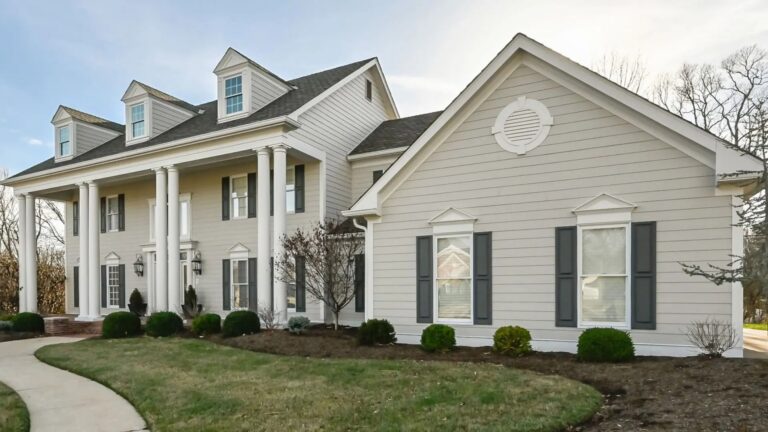Managing Multi-Site Logistics with Centralized Forklift Rental Planning
As supply chain complexity grows, many businesses now operate out of multiple facilities—distribution centers, satellite warehouses, regional staging points, and temporary overflow locations. This geographical expansion offers advantages in reach and responsiveness, but it also creates operational challenges, particularly when it comes to managing equipment such as forklifts, scissor lifts, and boom lifts.
Rather than relying on a separate rental agreement or procurement strategy for each location, a centralized forklift rental plan can streamline operations, optimize asset usage, and reduce unnecessary expenses. When properly coordinated, this model supports more consistent performance across all sites, simplifies vendor management, and ensures that equipment is always aligned with evolving facility needs.
This article explores how to implement and manage a centralized rental strategy for material handling equipment across multiple facilities, focusing on flexibility, logistics, inventory control, and rental lifecycle management.
The Fragmentation Problem in Multi-Site Operations
When each warehouse or logistics facility handles its own equipment rentals independently, inefficiencies begin to mount. These can include:
- Redundant or underutilized rentals at specific locations
- Lack of visibility into fleet availability or status across the network
- Conflicting contract terms with different providers
- Inconsistent service levels and support protocols
- Limited ability to scale fleet quickly across regions
Forklift rentals, boom lift rental needs, and scissor lift rental usage often peak at different times in different locations, but without centralized oversight, businesses miss the opportunity to balance these requirements against one another.
Creating a Unified Equipment Strategy
To counter fragmentation, operations leaders must begin with a clear, high-level plan for how rental equipment will be sourced, allocated, tracked, and managed across all facilities. This strategy should include:
- A central decision-making hub or team responsible for vendor communication
- Equipment usage benchmarks for each site
- Pre-approved rental models to standardize operator training and maintenance practices
- Data-sharing systems that allow sites to report on equipment status and availability in real time
This approach allows businesses to deploy forklift rentals based on need, not location inertia.
Choosing a Primary Equipment Rental Partner
One of the most important steps is consolidating vendor relationships. Working with a single, experienced rental partner capable of supporting multiple regions simplifies the process dramatically. Providers like Tri-Lift Industries, Inc. offer consistency in:
- Rental terms and conditions
- Equipment quality and age
- Maintenance response times
- Invoice and billing systems
A centralized account also makes it easier to track total forklift rental spending, identify patterns in usage, and secure volume-based discounts.
Planning Equipment Pools by Region
Rather than assigning forklifts and lifts permanently to each site, consider creating floating regional equipment pools. This model designates equipment that can be moved between facilities based on current need.
For instance:
- One site receives high inbound freight during a specific quarter and gets extra forklift capacity.
- Another location enters a retrofit phase and receives boom lift rentals to support overhead installation.
- A third site handles year-end inventory and temporarily receives extra scissor lift rentals for high-bay audits.
Each facility benefits from access to equipment without being burdened by ownership or long-term contracts.
Standardizing Material Handling Equipment Across Facilities
In a centralized strategy, it’s important to define a “preferred fleet” for all sites. This ensures that operators across locations are familiar with similar forklift and lift models, making it easier to transfer employees or rotate staff during high-volume periods.
Standardization benefits include:
- Reduced training time
- Interchangeable parts and simplified maintenance
- Safer operation due to familiarity
- Easier telematics integration
Even when using rentals, requesting standardized models ensures every location receives compatible equipment.
Integrating Real-Time Equipment Monitoring
With multiple rental units deployed across various locations, visibility becomes critical. Telematics and fleet management platforms allow central teams to monitor:
- Operating hours
- Idle time
- Battery or fuel status
- Maintenance alerts
This data informs decisions about when to rotate or replace rental equipment. For example, a forklift nearing its maintenance threshold can be swapped proactively to avoid downtime during critical windows.
Central monitoring also ensures that boom lift rental or scissor lift rental units are returned promptly after project completion, reducing unnecessary charges.
Coordinating Forklift Parts and Maintenance Across Sites
Even with rental fleets, equipment still requires routine checks and occasional service. A centralized maintenance coordination plan should include:
- A parts procurement list for sites that supplement rentals with owned equipment
- Vendor service response expectations by region
- Operator reporting protocols for wear and tear indicators
Sites should also track whether frequently rented models require replacement parts more often, helping refine rental model preferences over time.
Aligning Rental Timelines with Operational Calendars
Not all sites experience peak periods at the same time. A centralized calendar that overlays operational expectations with equipment availability helps plan:
- When to reserve scissor lift rentals for quarterly maintenance
- When forklift rental needs will rise due to seasonal inbound or outbound volume
- When to send boom lifts for external infrastructure upgrades
Staggering rental usage optimizes provider inventory and improves negotiation leverage.
Empowering Site Managers with Local Control
While centralized planning sets the framework, it’s important that site managers retain enough control to address immediate issues. Equip each location with:
- Access to the rental dashboard or system
- Authority to initiate emergency rentals within predefined limits
- Local vendor support contact information
- Feedback loops to report rental performance
This balance allows sites to act quickly while remaining aligned with company-wide logistics goals.
Reporting and Reviewing Rental Performance
At regular intervals, central teams should review rental performance across all locations. Key metrics to analyze include:
- Cost per operating hour
- Equipment downtime incidents
- Utilization rate of each rental type
- Condition upon return
These reviews identify underperforming sites or rental categories and highlight opportunities to optimize future agreements.
They also support sustainability reporting. Electric forklift rentals or hybrid boom lifts used across the network can be tracked to calculate emissions reductions, aligning operations with broader environmental goals.
Addressing Temporary and Pop-Up Sites
Short-term or pop-up warehouses used during peak seasons or regional promotions benefit greatly from centralized rental planning. Rather than starting from scratch, these sites can receive:
- Pre-approved forklift rental models
- Portable charging solutions for electric lifts
- Quick-deploy scissor lift rentals for setup
- Safety guides and checklists tied to familiar equipment
This standardization reduces setup time and minimizes the risks associated with launching new operations quickly.
Building Resilience Through Centralization
Multi-site operations face greater exposure to regional disruptions weather events, labor shortages, or vendor delays. A centralized forklift rental strategy provides resilience by allowing the business to:
- Shift equipment to unaffected areas
- Consolidate maintenance and support services
- Prioritize critical locations during supply chain strain
This resilience becomes a competitive advantage in uncertain conditions.
Conclusion
Managing material handling equipment across multiple facilities is a complex task, but a centralized forklift rental strategy makes it achievable. By coordinating rental needs, standardizing equipment, monitoring performance, and empowering local teams, businesses can ensure every site operates efficiently, cost-effectively, and safely.
As companies expand their logistics footprint, the ability to deploy forklift rentals, boom lift rentals, and scissor lift rentals across locations with confidence becomes a strategic asset. Through planning and partnership, centralized rental coordination transforms from an administrative function into a key pillar of scalable, future-ready operations.








